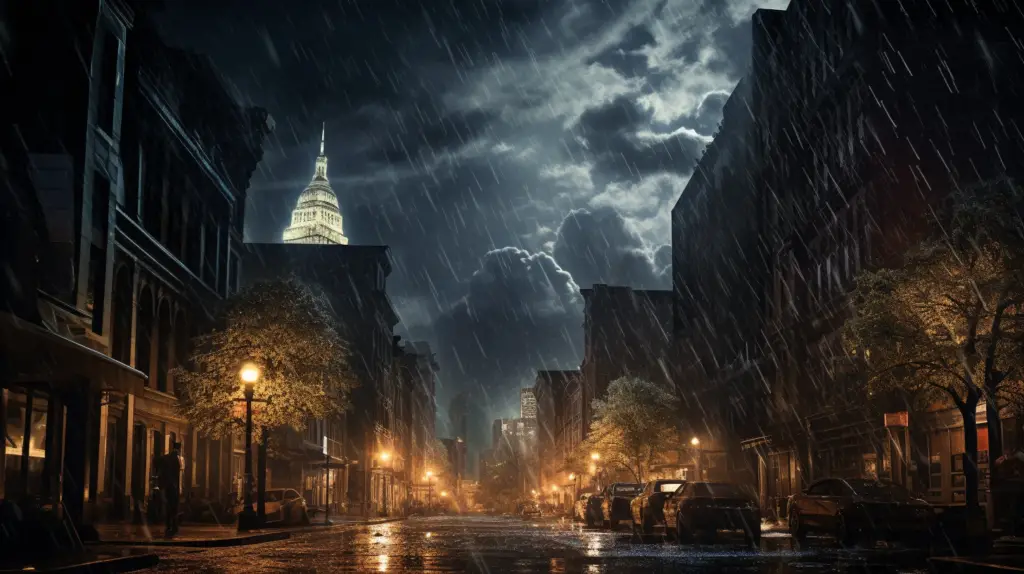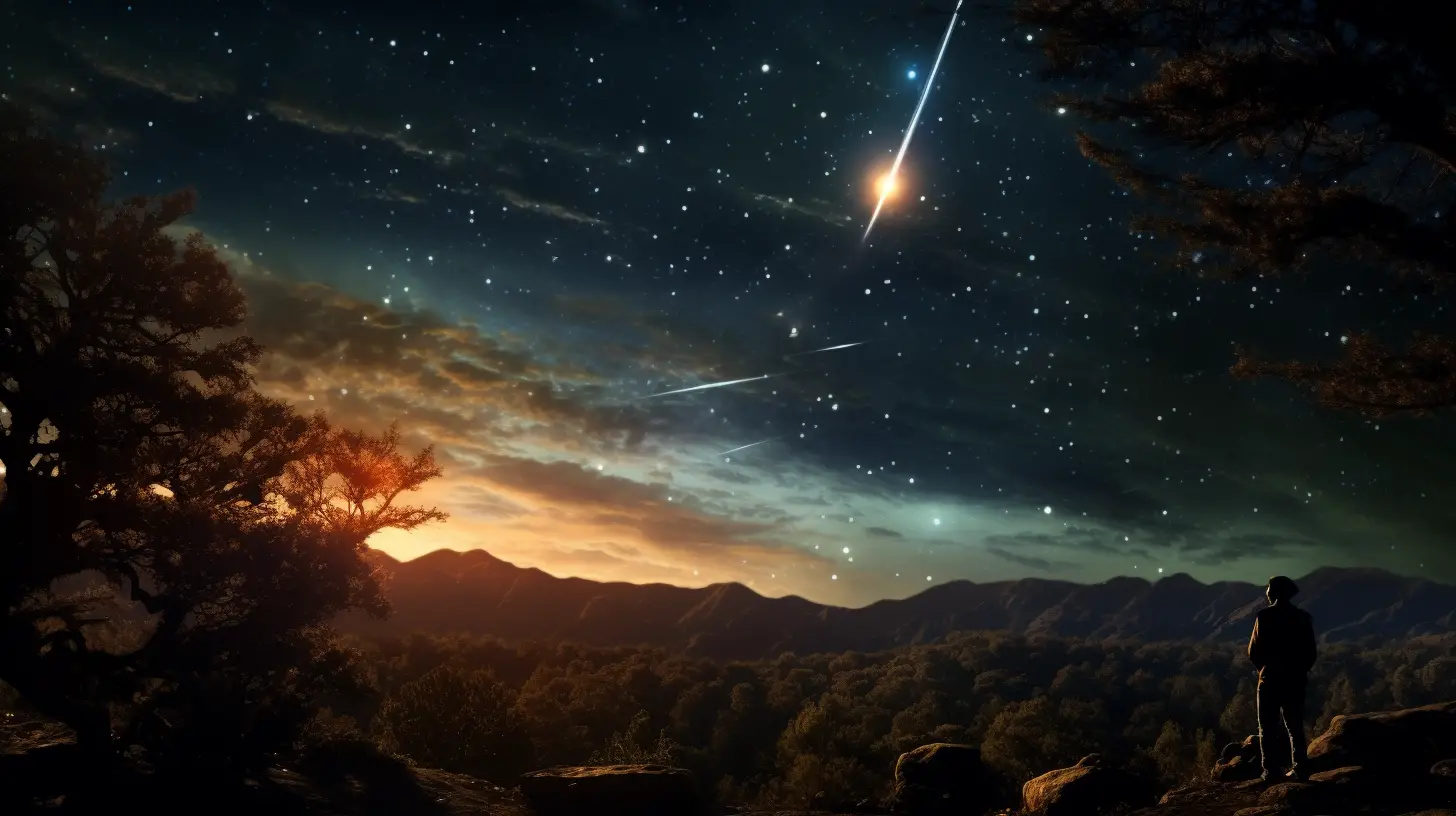The natural world is filled with intriguing and mesmerizing phenomena that have, for centuries, both amazed and puzzled humanity. Among these phenomena are hail storms, which possess the capacity to create breathtaking spectacles and cause significant damage. These hard balls or lumps of ice come suddenly, often without warning, turning serene skies into a barrage of ice bullets. But what is it that triggers these icy bombardments from the skies?
In this article, we’ll delve into 25 fascinating facts about hail storms and shed some light on why they occur.
1. Hailstones are formed when updrafts in thunderstorms carry raindrops upward into extremely cold areas of the atmosphere where they freeze into ice.
2. The strength of the updraft determines the size of the hailstone. Stronger updrafts produce larger hailstones.
3. Layers in hailstones can be observed much like tree rings. Each layer typically signifies a cycle the hailstone underwent in the storm.
4. The largest hailstone recorded in the U.S. weighed in at a staggering 1.94 pounds and was 8 inches in diameter. It fell in Vivian, South Dakota, in 2010.
5. Hail can cause billions of dollars of damage annually, especially to crops, roofs, cars, and windows.
6. Not all thunderstorms produce hail. The storm must have strong updrafts and a certain atmospheric temperature structure to form hail.
7. Hailstones can reach speeds of up to 120 mph before they hit the ground.
8. While hailstorms are common in many parts of the world, they’re particularly frequent in the central United States.
9. Hail storms are most common in spring and summer, though they can occur any time of year.
10. Hail can be round or jagged. The shape of a hailstone is determined by its path through the storm and its collision with other hailstones.
READ MORE: 25 Interesting Facts About Meteor Showers and Why They Happen
11. A severe hailstorm can defoliate trees, making it look as though winter has arrived overnight.
12. Hail storms can cover the ground completely, sometimes to depths of several inches.
13. In some countries, like China, cloud seeding methods are employed to reduce the size of hailstones before they reach the ground, thus minimizing damage.
14. Though rare, “hail drifts” can form during intense storms when hail accumulates in significant piles, much like snow drifts.
15. In ancient times, hail was often considered a form of divine punishment or an omen of bad luck.
16. The term “hail” derives from the Old English word “hagol” or “hægl,” akin to the German “Hagel.”
17. Not all planets with atmospheres experience hail. Earth’s unique atmospheric composition and temperature gradients allow for this icy phenomenon.
18. A hailstone’s core, or nucleus, often starts as a frozen raindrop or a snow pellet.
19. The color of a hailstone can provide information about its formation. Clear ice layers usually indicate slow freezing, while cloudy or white layers suggest rapid freezing.
20. Large hailstones can cause fatalities, though such occurrences are rare.
READ MORE: 25 Facts About El Niño | All You Need To Know
21. The soft hail or “graupel” is different from true hail. It forms when supercooled water droplets freeze upon falling snowflakes, creating a soft, snowy pellet.
22. “Hail Alley,” located in the US between Colorado, Nebraska, and Wyoming, witnesses the most significant number of large hail events.
23. Hailstones can be made of pure ice or can have layers of ice mixed with dirt, debris, and other atmospheric particulates.
24. The size of hailstones is commonly compared to everyday objects to help convey their size: pea, dime, quarter, golf ball, and even softball-sized hail have been reported.
25. The lifespan of a hailstone, from its formation to its demise on the ground, can range from a few minutes to over an hour depending on the storm’s conditions.
READ MORE: 25 Facts about Cyclones | All You Need to Know
Hail storms are fascinating meteorological events with a plethora of interesting facts surrounding their formation and impact. While they are a marvel to study and sometimes observe, their force reminds us of nature’s power. With this knowledge, we can not only appreciate their complex beauty but also better prepare for their potential destruction.



